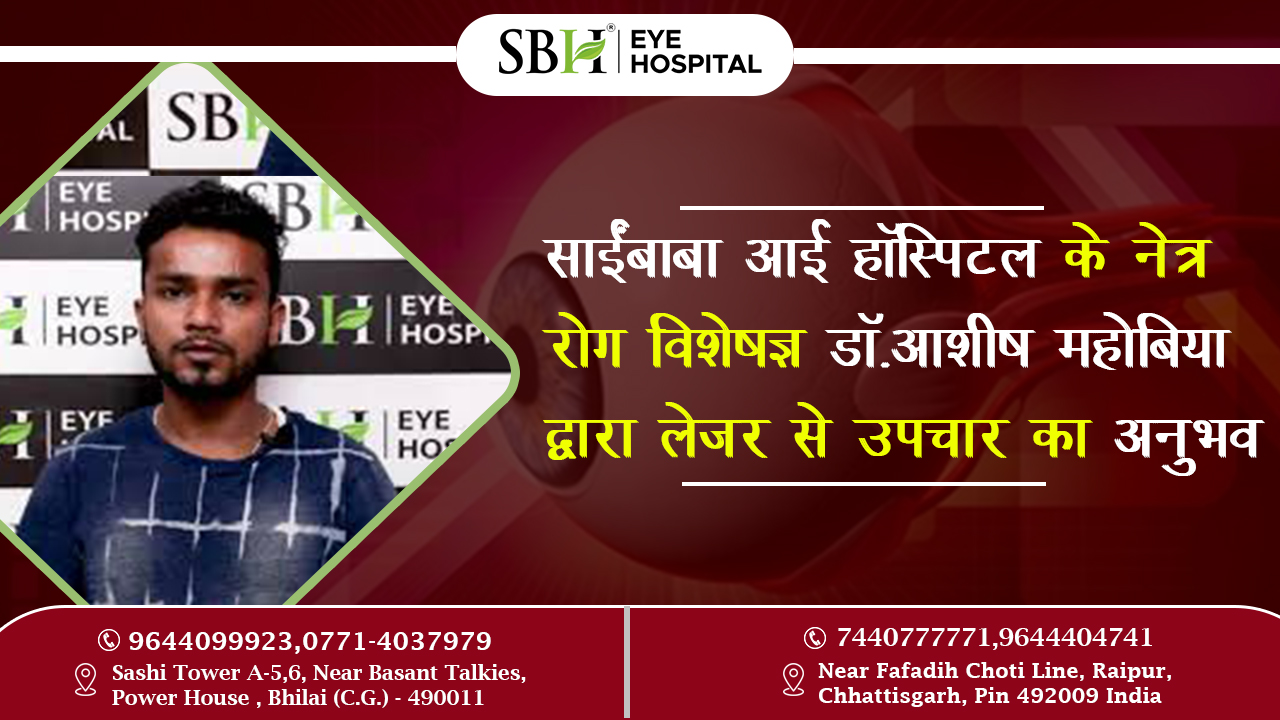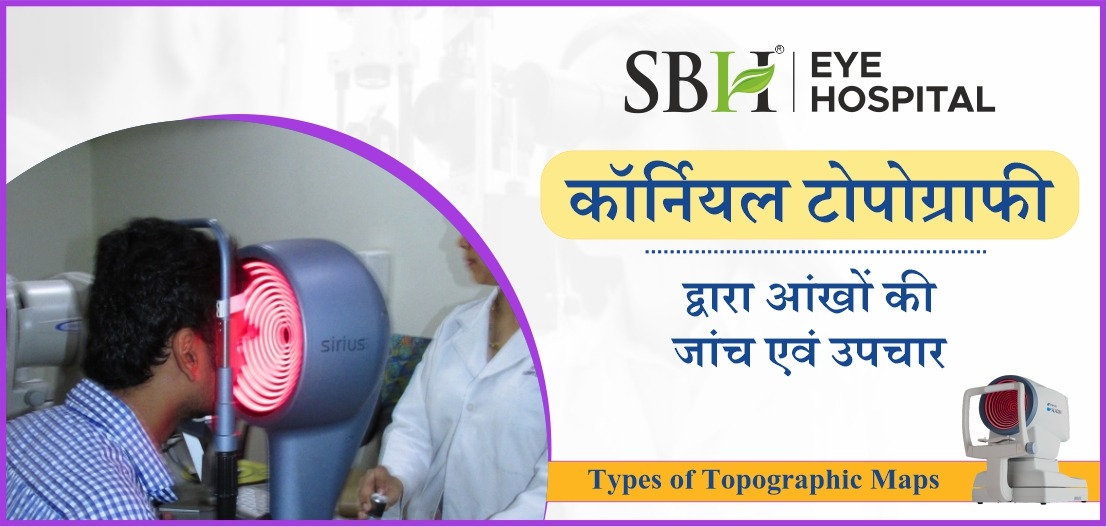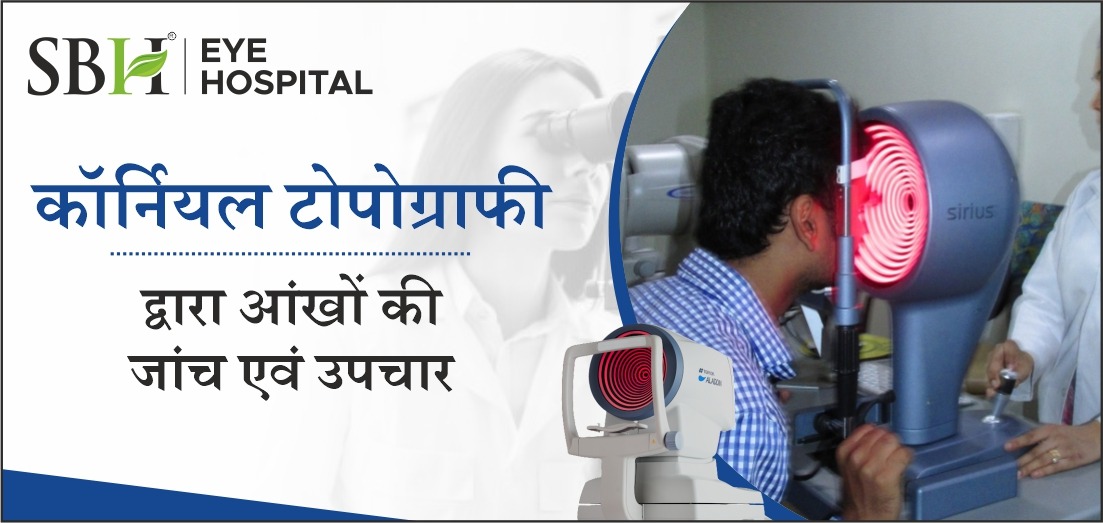What is Age-Related Macular Degeneration?
Before proceeding, let us understand what does macular mean?
Macular means relating to the macula of the eye.
And macular degeneration is a degenerative condition affecting the central part of the retina (the macula) and resulting in distortion or loss of central vision. The strike rate is more, especially in older adults, in which case it is called age-related macular degeneration.
Now, Age-related macular degeneration, or AMD, is a physical disturbance that affects the centre of the retina, called the macula. The macula is the part of the eye accountable for our most acute vision, which we use when reading, driving, and performing other activities that require fine, sharp, or straight-ahead vision.
There are two different types of AMD:
Dry macular degeneration: Drusen, small yellow deposits, accumulate under the macula. In due course, these deposits are disruptive to vision cells, causing them to slowly break down. Less of the macula working causes a gradual loss of central vision as time goes on.
This is the most common form of AMD, affecting close to 90% of people who have the disease.
Wet macular degeneration: In areas of the macula, new blood vessels start to grow, where they shouldn’t be. This injures the macula that can lead to the loss of central vision in a short period of time.
Although this type of AMD affects only about 10% of people with the disease, it is liable for 90% of severe vision loss associated with AMD.
Risk factors for AMD
Whilst the causes of AMD may be obscure; age, lifestyle and nutrition appear to play a vital role. Things like:
- Age
- smoking
- Diet
- Obesity
- Exposure to sunlight
- High blood pressure
Symptoms of AMD
In the early stages, AMD runs largely unnoticed, and can only be detected through a dilated eye exam, which may reveal drusen accumulation. Nevertheless, as AMD progresses, drusen impairs the ability of vision cells to transport vital nutrients to the macula, leading to noticeable symptoms, including:
- Blurred vision
- An empty or dark area in the central area of vision
- Distortion of straight lines
Be Aware of the Risks
- Age -- According to research, age is the greatest risk factor for AMD. At the age of 50, you have just a 2% risk, but that figure pops up to nearly 30% by age 70.
- Family History – if an immediate blood relative has AMD, you are at a greater risk for developing it.
- Gender -- Women may be more vulnerable to developing AMD than men.
Minimize Your Risk of Developing AMD
- Watch your cholesterol -- People with elevated blood cholesterol (hypercholesterolemia) levels may have an increased risk. If your cholesterol is at a higher end, work with your doctor to bring it down.
- Keep your blood pressure down -- Poor blood circulation, owing to high blood pressure and other heart related conditions can lower the blood flow to the eyes and contribute to the progression of AMD. If you are diagnosed with high blood pressure, consult your eye doctor.
- Stop smoking -- Here's another good reason to quit. Smoking may increase your risk of AMD.
- Eat a well balanced diet -- An inadequate intake of antioxidants, consumption of alcohol, and saturated fats can create free radical reactions that may harm the macula.
- Protect yourself in the sun -- Wear sunglasses. Considerable cumulative light exposure to the eye may increase the risk of AMD.
Treatments for AMD
Because peripheral vision is not affected, many people with dry AMD prolong with their normal lifestyles with the aid of low-vision optical devices, such as magnifiers.
Wet AMD is treated with either laser surgery, by sealing off the leaking blood vessels, or with injected medications. These are generally brief and painless outpatient procedures that slow, and sometimes even reverse the progression of the degeneration. However, a small permanently dark spot is left where the laser makes contact.
Treatments for AMD
Because peripheral vision is not affected, many people with dry AMD prolong with their normal lifestyles with the aid of low-vision optical devices, such as magnifiers.
Wet AMD is treated with either laser surgery, by sealing off the leaking blood vessels, or with injected medications. These are generally brief and painless outpatient procedures that slow, and sometimes even reverse the progression of the degeneration. However, a small permanently dark spot is left where the laser makes contact.
On the flip side, despite there being currently no treatments for dry AMD, the use of some nutritional supplements have been revealed to slow the progression in those most at risk.
Be in regular touch with your eye doctor!





